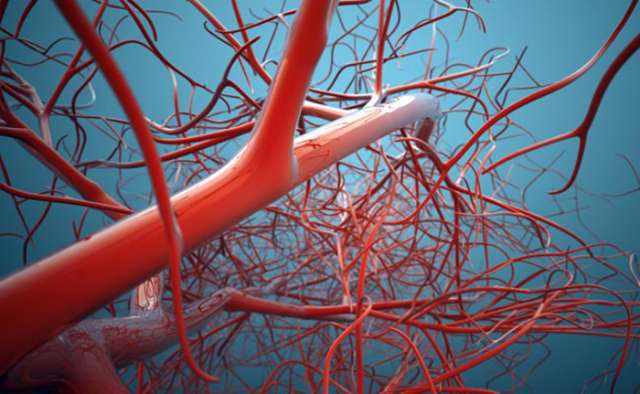The research, done at the Rensselaer Polytechnic Institute (RPI) and Yale University, uses living human skin cells turned into a liquid “bio ink.” The bio ink is used to print artificial skin, which then grows its own blood vessel system, Smithsonian Magazine says.
“The vasculature is very important because that’s how the host and the graft talk to each other,” says Pankaj Karande, a professor of chemical and biological engineering at RPI, who led the research. "Communication between host and graft is critical if the skin substitute is not to be rejected by the body."
Currently, patients in need of skin grafts have two options. First, there are autologous skin grafts, where doctors shave off a piece of healthy skin to cover the damaged area. Second are artificial skin products made from materials ranging from bovine collagen to polymer foam. Both have disadvantages. Autologous skin grafts are painful and create a new wound. Artificial skin products have a range of limitations—they’re often temporary, don’t cover deep wounds or don’t resemble human skin.
“They are just dressings or Band-Aids,” says Karande, of the artificial skin products on the market.
More about: Science blood-vessel
















































